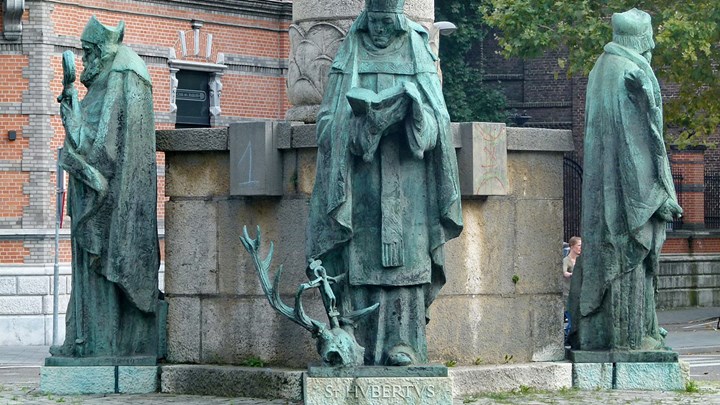
by James A. Swan, Ph.D. - Saturday, January 18, 2020

Where I grew up in Michigan, an annual event held at the local Episcopal Church was a dinner the evening before deer season opened where the priest would pray for safety and success. Later a venison dinner was held to honor the animals taken. Hunting was normal and had direct ties to religion.
After college, I migrated to Washington and Oregon, where hunters were respected. Then I moved to California. Suddenly, anti-hunters were everywhere and hunters were targets. In self-defense, I began researching what psychologists have said about hunting and found there are many prominent behavioral scientists who have written that there is nothing wrong with it, as I’ve covered for American Hunter. And American Psychological Association researchers told me there was no published research showing ethical hunters were pathological.
I finally found one prominent psychiatrist who’d criticized hunting, Dr. Karl Menninger. He once wrote: “Sadism may take a socially acceptable form [such as deer hunting and deer stalking] and other varieties of so-called ‘sport.’” Menninger was deceased, so I contacted his daughter, Connie, who said her father had been a hunter. One day he shot a buck they couldn’t find. When they finally did find it, it was tangled in a wire fence and it wasn’t dead. Karl felt very guilty so he wrote about “sadism.” His friends urged him to see a counselor. He did. As a result, Menninger wrote in his book “Sparks,” “Freud fearlessly explored the unconscious layers of the personality, and disclosed the fact that it is no more abnormal for a human to want to kill (in hunting) than it is for a cat to want to kill a mouse or a fox to kill a rabbit.”
Next, I started interviewing hunters to see why people hunt. Two Christian priests told me they’d felt the presence of God strongest in their lives in two situations. One was the birth of their first child. The second was when they killed their first deer. That inspired me to study religion and hunting.
Hunting and Religion in Traditional Cultures
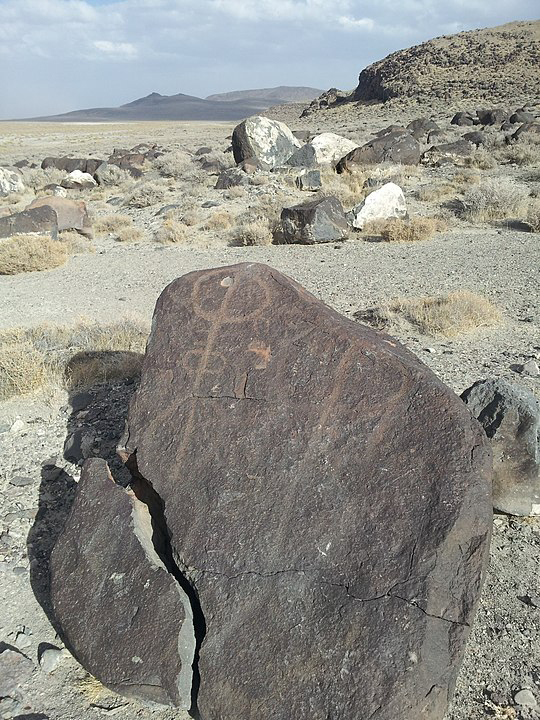
For thousands of years, hunters have been guided by spiritual traditions. One place where we can see Native American spiritual hunting rites is Grimes Point, east of Fallon, Nev. This is a “hunting increase site” where hundreds of petroglyph prayers have been carved on stones by hunters for at least 6,000 years.
Worldwide, the religions of most all traditional cultures honor animals.
In the Yoruba religion of West Africa, for example, the guardian spirits of the hunt are Ogun, who presides over fire, metalworking, hunting and war; and Oshosi, who presides over tracking and archery. In northern Scandinavia, the indigenous Saami, or Lapps, honor Alder Man, their guardian hunting spirit, and make prayers at special rocks called “seida.” Norwegians recognize Ullr as their god of hunting and archery. Finns pray to the forest spirit, Tapio, before a hunt. Greek hunters’ gods are Artemis and Acteon. The Celtic hunter’s deity is Cernunnos. For more on this, a great book about hunting psychology in traditional culture is Joseph Campbell’s “The Way of the Animal Powers.”
Major Religions and Hunting
Nearly all major religions support hunting. For example, there’s a Muslim Code of Conduct for ethical hunting. While certain casts of Hindus don't eat meat, 70 percent of East Indians include some meat in their diet, and some Hindus practice animal sacrifice. The Hindu hunter's god is Bhadra. Sport hunting in India is illegal today as some wild game species have become rare or extinct, but hunting to protect crops is permitted.
There are many different Buddhist sects. The First Precept prohibits Buddhists from killing people or animals, but they can eat meat. The Dalai Lama eats meat to help him stay strong and healthy when on a tour. Thomas Lin Yun, grandmaster of Black Sect Tantric Buddhism, also ate meat, especially when he was on a tour.
I once helped produce a concert by the Gyuto Monks of Tibet. Before it began, I went backstage to ask what they wanted for dinner. They replied, “Big Macs.” When they eat meat, Buddhists say a prayer of thanksgiving to the animals like people in just about all other religions who give thanks for animals they have hunted.
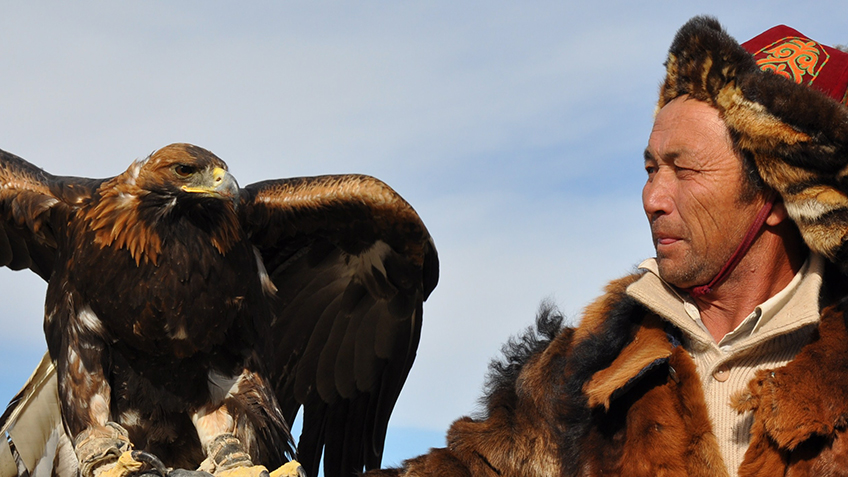
In Mongolia many Buddhists hunt for food, clothing and sport. I recently co-wrote an award-winning documentary film, “Falconer: Sport of Kings,” that I covered for this website promoting the sport of falconry. The film told the story of Eddie Brochin, an American who traveled to Mongolia to learn to hunt with eagles.
About five million Asians are Taoists. Taoist monks sometimes eat vegan food during fasting days, but wild animals, especially deer, are valued as their meat has more life force, or “chi.”
At least 80 percent of Japanese practice Shintoism, “the way of the Kami,” or spirits, including honoring the god of hunting, Hoorai. Firearm ownership in Japan is heavily controlled. There are only about 200,000 hunters in Japan today amid a population of nearly 127 million. As reported by NRAHLF.org, one reason hunting is being increasingly promoted is due to the fact that deer and wild hogs are causing serious crop damage.
In addition, the Torah says Jewish people should eat only “kosher” animals that have both split hooves and chew their cud—cows, sheep, goats and deer. Kosher birds include chickens, ducks, geese, turkeys and pigeons.
The only major religion that doesn’t support hunting or eating meat is Jainism. There are about four million Jains worldwide. They only eat fruits and vegetables but stay away from underground vegetables.
Christianity is the most popular religion in the world with 2.1 billion followers—nearly 240 million in America alone. In Genesis 1:28-30, the Bible tells us that God blessed man and said, “Rule over the fish in the sea and the birds in the sky and over every living creature that moves on the ground.” Christians, in general, have no taboos against hunting, though some denominations such as Trappists, Benedictines, Cistercians, Rosicrucians and Seventh-day Adventists, oppose eating meat.
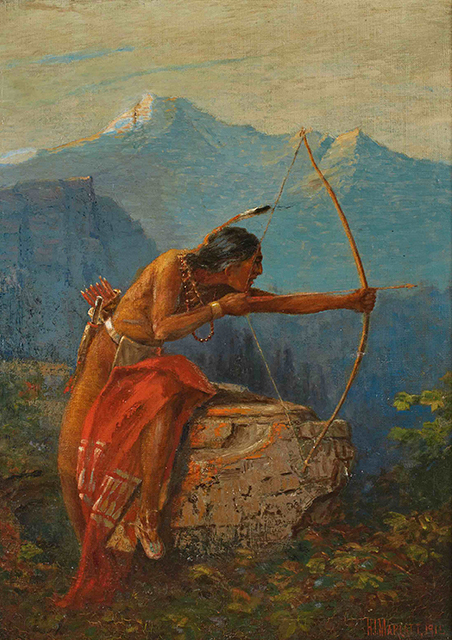
One expert on Christianity and hunting is Father Theodore Vitali, a Catholic priest and Professor of Philosophy at St. Louis University. Vitali’s initial awareness of the spiritual power of hunting came one day on a bear hunt in Ontario. He explains: “Hubert was in a blind along a deserted logging road deep in a typical northern forest. It was dark and foggy, and at times raining. It was about 8 p.m. The bait was about 30 yards away. I sat in my blind, hunkered down under my rain gear. Suddenly, I sensed something behind me. I knew that a bear might circle a hunter and come to the bait from behind. I slipped the safety off of my rifle and slowly turned around. About seven or eight paces away was a large wolf. My eyes caught his as I watched him pass by me, climb a small embankment, eye the bait, pause for what seemed a very long time, then he turned and drifted off into the darkness of the forest. I felt entranced, as though this was some kind of communion. I was changed forever. I received the gift of knowing who and what I was and am and, thus, who and what I am before God.”
Vitali is also an avid hunter and ethicist for the Boone and Crockett Club He says: “For a hunter to be ethical, he needs to have a reason to kill—the two most prominent reasons being the right to obtain healthy food, and secondly, the conservation value for wildlife management. A third would be self-defense. A fourth would be management and conservation of the land, such as controlling deer in urban areas, lessening crop damage or preventing zoonotic disease.” He adds that Fair Chase is the ethical, sportsmanlike and lawful pursuit and taking of free-ranging wild game animals that “puts you on equal terms with the animal.”
Christian hunters have a patron saint, St. Hubert. As shared on this website, Hubert was born in 656 AD in Belgium. He became a prince and enjoyed the "good life" of nobility. Most of all he loved hunting. One Good Friday, when he should have been in church, Hubert galloped off to hunt stag. His hounds cornered a large one and as Hubert approached it, he suddenly had a vision of a crucifix appearing over the stag's head. A voice spoke to him: "Hubert, unless thou turnest to the Lord, and leadest a holy life, thou shalt quickly go to hell." Hubert climbed down off his horse and begged forgiveness. The voice instructed him to seek guidance from the Bishop of Maastrichcht. Not long after this, Hubert's wife died in childbirth. Hubert soon became a priest and then a bishop, establishing Christianity in large sections of the Ardennes Forest. Ultimately he became the saint of hunting and butchering.
Each fall in St. Ignace, Quebec, a Mass of St. Hubert is celebrated with the sound of horns as armed hunters and their dogs enter the church for a blessing. In the church, hunters raise their guns over the heads of the procession, which includes clergy and mounted police.
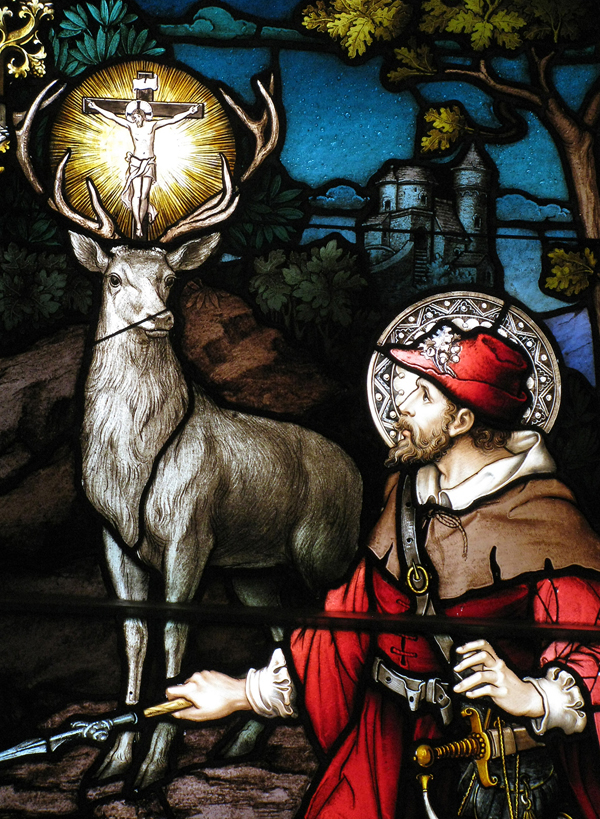
Blessing the Shot
My father taught me that when considering shooting at a game animal I should pray to myself, “God, if I take this shot, please let me kill quickly and cleanly and recover the animal I have shot. Otherwise, let me miss cleanly.”
Jim Posewitz, author of “Beyond Fair Chase,” told me, “If there is a sacred moment in the ethical pursuit of game, it is the moment you release the arrow or touch off the fatal shot.”
Giving Thanks
Actor Marshall Teague says a prayer when he kills an animal: “Lord, bless this noble creature that has given his time and spirit to engage in the chase. Permit him green pastures to graze, thick forests to roam and take his heart and soul into his blessed hands.”
Various forms of "blooding" also are performed worldwide to honor animals. In Europe and Africa some hunting guides paint the cross of Saint Hubert in blood on the hunter's face. The 1989 docu-drama film by George Butler, "In the Blood," retraces Teddy Roosevelt's l909 African safari. Professional guide Robin Hurt performs a blooding ceremony on Butler’s son, who takes his first big game animal, a Cape buffalo, with Roosevelt's rifle.
George P. Mann killed his first deer in his teens and his guide painted his face with the deer’s blood. It changed his life. As he grew older, his love for hunting increased. There were no deer around his home in Alabama so he initiated a stocking program to bring deer into Lee County. He set aside a tract of several hundred acres of his personal land for people to take their first deer followed by a blooding ceremony.
Another honoring of game and hunter in Europe is “the last bite,” “letzer bissen.” With the animal placed on its right side upon a bed of leaves as a sign of respect, Germans break (never cut) a twig from one of five tree species—oak, pine, spruce, fir or alder—and pull the broken twig through the animal’s mouth from one side to the other, leaving it clamped between its jaws. Another sprig of greenery is placed in the successful hunter’s hatband.
Also in Europe, as Karen Mehall Phillips wrote about in American Hunter, at the end of the day, all animals taken are laid out on the ground. Hunters and guides stand beside the animals while the hunt master or guide blows a hunting horn, and prayers are said honoring the animals.
The bottom line is that opposition to ethical hunting isn’t based on psychology or religion. Worldwide, hunting is considered a spiritual act that provides healthy food and helps develop strong conservation attitudes.
Follow the NRAHLF.org on Twitter @HuntersLead.
About the author: James A. Swan, Ph.D. is co-executive producer of the “Wild Justice” series on the National Geographic Channel and chief executive officer of Snow Goose Productions, LLC. His 2008 documentary “Endangered Species: CA Fish and Game Wardens,” is the inspiration for the “Wild Justice” series. A recent project is as a co-writer for “Falconer: The Sport of Kings,” winner of Best Film and Script at Skyfest Festival. His book, “War in the Woods,” co-written with Lt. John Nores, (Lyons 2010), has been optioned for a scripted dramatic TV show, “Lone Pine,” that’s currently in development. "The Sacred Art of Hunting" won an award as a Book of the Month Club. In all, he’s the author of 10 nonfiction books on human aspects of environmental conservation, including three about the psychological aspects of hunting, that have sold over 250,000 copies and over 800 articles and his columns have appeared in a wide variety of publications including NRAHLF.org and American Hunter. James also has appeared as an actor in 20 feature films, three dramatic TV series and 30 industrials, commercials and print ads. To learn more about James visit his website.
E-mail your comments/questions about this site to:
[email protected]
Proudly supported by The NRA Foundation and Friends of NRA fundraising.
